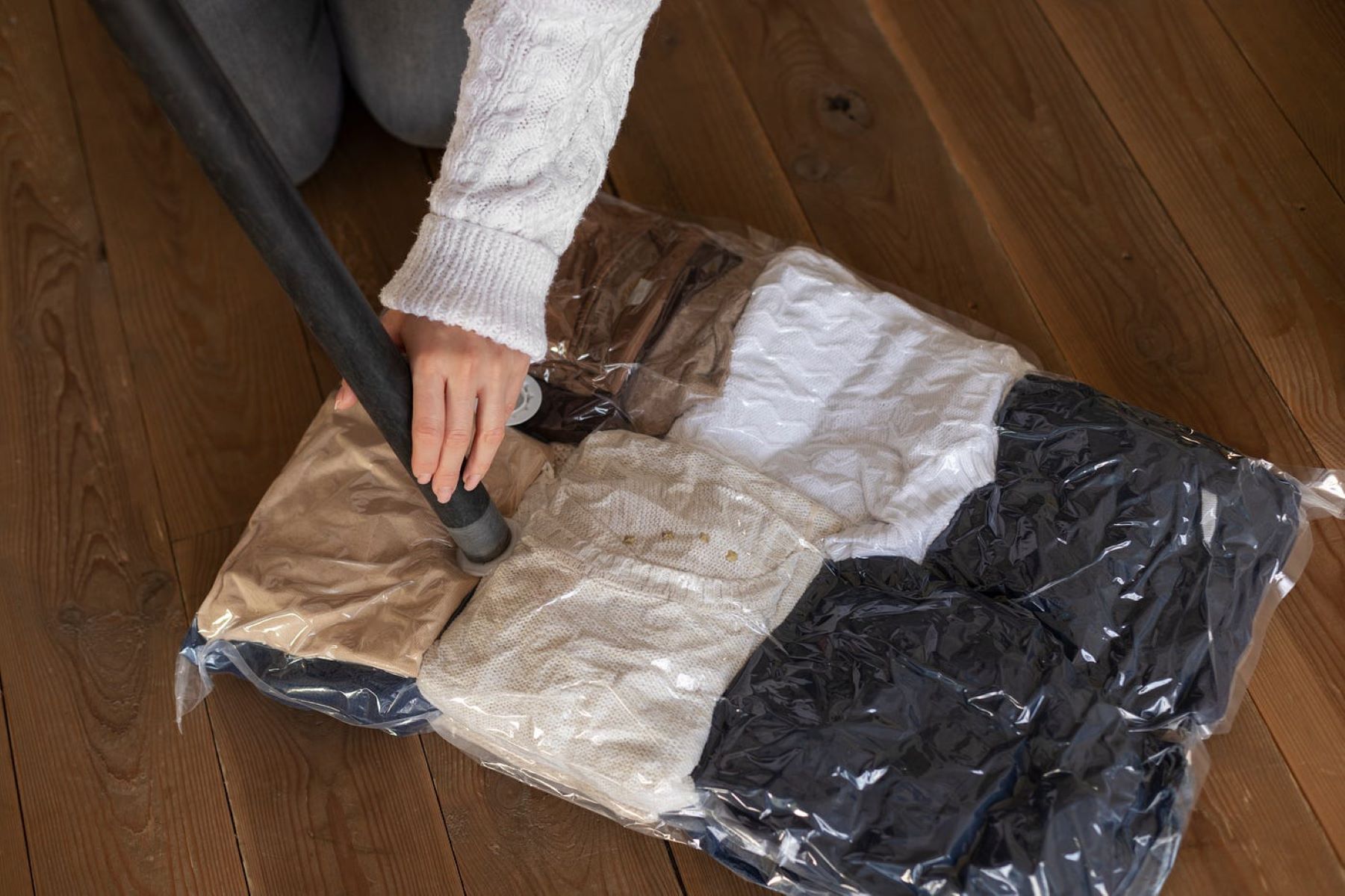

Articles
How To Store Vacuum Sealed Clothes
Modified: February 28, 2024
Learn how to properly store and preserve your vacuum sealed clothes with our informative articles. Maximize space and maintain freshness for your garments.
(Many of the links in this article redirect to a specific reviewed product. Your purchase of these products through affiliate links helps to generate commission for Storables.com, at no extra cost. Learn more)
Introduction
When it comes to decluttering and organizing your closet, vacuum sealing clothes can be a game-changer. This innovative storage method not only maximizes space but also helps to protect your clothes from dust, moisture, and pests. Whether you’re preparing for a change of seasons or need to store clothes long-term, vacuum sealing is a practical solution that can save you time, space, and money.
In this article, we will explore the benefits of vacuum sealing clothes, provide step-by-step instructions on how to properly store vacuum sealed clothes, offer helpful tips, and discuss common mistakes to avoid. We will also discuss alternative storage methods if vacuum sealing is not an option for you. So, let’s get started and learn how to keep your clothes fresh, organized, and wrinkle-free with vacuum sealing.
Key Takeaways:
- Vacuum sealing clothes maximizes space, protects against dust and pests, prevents wrinkles, and keeps garments fresh. Proper preparation, storage, and maintenance are essential for effective and efficient organization.
- Alternative storage methods, such as space-saving bags, storage bins, and clothing racks, offer versatile options for organizing and protecting clothes. Choose the method that best suits your needs, space, and budget.
Read more: How To Vacuum Seal A Mattress
Benefits of Vacuum Sealing Clothes
Vacuum sealing clothes offers a myriad of benefits that make it a preferred storage method for many. Here are some of the key advantages:
- Maximizes storage space: One of the biggest advantages of vacuum sealing clothes is its ability to maximize storage space. By removing the excess air from the storage bags, vacuum sealing allows you to compress your clothes, reducing their volume significantly. This means you can store more clothes in a smaller space, making it ideal for those with limited closet or storage space.
- Protects against dust and moisture: Vacuum sealing clothes creates an airtight seal that helps protect your garments from dust, moisture, and other potentially damaging elements. This is especially beneficial when storing clothes for a long period of time, as it minimizes the risk of mold, mildew, and musty odors.
- Prevents wrinkles: Vacuum sealing clothes can help prevent wrinkles by keeping them firmly in place and avoiding unnecessary shifting or movement. This can be particularly advantageous for delicate fabrics or formal garments that are prone to wrinkling.
- Keeps clothes fresh: Vacuum sealing clothes helps to maintain their freshness by preventing odors from permeating the storage bags. This is especially useful for storing clothes with strong scents, such as winter coats or sports gear, as it keeps them isolated and prevents their odors from transferring to other garments.
- Protects against pests: Vacuum-sealed storage bags create a barrier against pests, such as moths, silverfish, and other insects, that may damage your clothes. The airtight seal prevents these pests from accessing your garments and helps to preserve their quality.
- Easy retrieval and organization: Vacuum-sealed clothes are neatly organized and compact, making it easy to identify and retrieve specific items without having to sift through piles of clothes. This can save you time and effort when searching for a particular outfit or accessory.
With these benefits in mind, it’s easy to see why vacuum sealing clothes has become a popular storage solution for individuals looking to optimize their closet space and keep their garments in pristine condition.
Preparation for Vacuum Sealing
Before you start vacuum sealing your clothes, it’s important to properly prepare them to ensure optimal results. Here are some key steps to follow:
- Wash and dry your clothes: Start by laundering your clothes before vacuum sealing them. Clean garments will help maintain their freshness and prevent any odors from being trapped inside the storage bags.
- Inspect for damage: Take the time to inspect each garment for any signs of damage, such as loose buttons, torn seams, or missing zippers. Repair any damages before vacuum sealing to prevent further deterioration.
- Sort and categorize: Sort your clothes by category or season, so you can easily locate specific items when needed. This will make the retrieval process more efficient and convenient.
- Fold or roll your clothes: Folding or rolling your clothes neatly helps to eliminate excess air and create a more compact storage size. You can use techniques like the Marie Kondo folding method or simply roll garments to maximize space and minimize wrinkles.
- Use appropriate storage bags: Select high-quality vacuum-sealed storage bags that are durable and designed for clothing. Avoid using regular plastic bags, as they may not provide the same air-tight seal and protection.
Once you have completed these preparation steps, you are ready to move on to the next phase: selecting the right vacuum sealer.
Proper preparation is key to ensuring the longevity and effectiveness of your vacuum-sealed clothes. Taking the time to wash, inspect, sort, and fold your garments will not only protect them but also make the storage process more efficient and organized.
Selecting the Right Vacuum Sealer
Choosing the right vacuum sealer is essential for properly sealing and storing your clothes. With various options available on the market, consider the following factors when selecting a vacuum sealer:
- Type of vacuum sealer: There are two main types of vacuum sealers: handheld and countertop. Handheld vacuum sealers are compact and portable, while countertop models are larger and offer more features. Consider your storage needs and preferences before deciding which type to choose.
- Sealing method: Vacuum sealers use different sealing methods, such as heat sealing or clamp sealing. Heat sealing is more common and provides a strong and airtight seal, whereas clamp sealing requires bags with zip-lock style closures. Choose a sealing method that suits your needs.
- Budget: Set a budget for your vacuum sealer and stick to it. There are options available at different price points, so finding one that fits your budget should not be difficult.
- Bag compatibility: Some vacuum sealers work with specific types or sizes of vacuum-sealed bags. Ensure that the vacuum sealer you choose is compatible with the bags you plan to use. Alternatively, opt for a vacuum sealer that allows for customizable bag sizes.
- Additional features: Consider any additional features that may be beneficial to you, such as adjustable suction power, pulse function for delicate items, or built-in bag cutters. These features can enhance the usability and convenience of the vacuum sealer.
Do some research and read customer reviews to gain insights into the reliability and performance of different vacuum sealer models. It’s also a good idea to check the warranty provided by the manufacturer to ensure you are protected against any potential defects.
Remember, selecting the right vacuum sealer is crucial to achieving optimum results when storing your clothes. Take your time to evaluate your options and choose a vacuum sealer that meets your specific needs and requirements.
Step-by-Step Guide to Store Vacuum Sealed Clothes
Now that you have prepared your clothes and selected the right vacuum sealer, it’s time to store your clothes using the vacuum sealing method. Follow this step-by-step guide for effective and efficient storage:
- Place folded or rolled clothes in the storage bags: Take each folded or rolled garment and place them inside the vacuum-sealed storage bags. Be mindful of not overstuffing the bags to ensure a proper seal.
- Leave a small opening: Before sealing the bag, leave a small opening at the top to insert the vacuum sealer nozzle.
- Seal the bag partially: Use the sealing mechanism on your vacuum sealer to seal the bag partially, leaving a small section unsealed for the nozzle to fit through.
- Insert the vacuum sealer nozzle: Insert the nozzle of the vacuum sealer into the small opening of the bag. Ensure a tight fit to prevent any air leakage.
- Start the vacuum sealing process: Activate the vacuum sealer to start the suction process. The vacuum sealer will remove the air from the bag, compressing the clothes inside.
- Seal the bag completely: Once the air is fully removed, use the vacuum sealer to seal the bag completely. Ensure a secure and airtight seal by running the sealing mechanism over the opening of the bag.
- Repeat for remaining clothes: Repeat the process for each garment you wish to vacuum seal, using separate bags for different categories or seasons.
- Store in a cool, dry place: Once all your clothes are vacuum sealed and securely stored, find a cool, dry place to store them. Avoid areas prone to high humidity or extreme temperature fluctuations, as this may affect the integrity of the vacuum seal.
Following these steps will help you properly vacuum seal and store your clothes, ensuring they remain fresh and protected for extended periods of time. Remember to label the bags or create an inventory list to easily locate specific items when needed.
Store vacuum-sealed clothes in a cool, dry place away from direct sunlight to prevent any damage to the fabric. Avoid storing them in areas with high humidity to prevent mold and mildew growth.
Tips for Properly Storing Vacuum Sealed Clothes
While vacuum sealing clothes is a great storage solution, there are a few tips you can follow to ensure optimal results and maintain the quality of your garments. Here are some valuable tips for properly storing vacuum sealed clothes:
- Avoid overfilling the bags: It’s important not to overfill the vacuum-sealed bags as it can put strain on the seals and compromise the effectiveness of the storage. Leave some room for the clothes to expand slightly, but ensure they are still tightly packed.
- Keep similar items together: Grouping similar items together, such as shirts or dresses, makes it easier to retrieve specific items when needed. This organization strategy can save you time when searching for a particular garment.
- Label the bags: Use labels or markers to identify the contents of each vacuum-sealed bag. This will help you quickly locate specific items without opening multiple bags.
- Rotate your clothes: To prevent prolonged compression and potential fabric damage, consider rotating your clothes every few months. This will allow the garments to breathe and retain their shape.
- Store delicate items with care: Delicate fabrics, such as silk or lace, may require extra care when vacuum-sealing. Consider using tissue paper or garment bags to provide an additional layer of protection before placing them in the vacuum-sealed bags.
- Avoid storing in direct sunlight: Exposure to direct sunlight can cause fading and discoloration of your clothes over time. Store your vacuum-sealed clothes in an area away from direct sunlight to preserve their color and quality.
- Check for air leakage: Occasionally check the sealed bags for any signs of air leakage. If you notice a bag is not holding a vacuum, reseal it or transfer the clothes to a new bag to maintain the airtight seal.
- Keep the vacuum sealer clean: Regularly clean the vacuum sealer to ensure optimal performance and avoid any cross-contamination between different items. Refer to the manufacturer’s instructions for proper cleaning guidelines.
By following these tips, you can maximize the effectiveness of vacuum sealing and ensure your clothes are stored properly for long periods of time. Enjoy the convenience of an organized and clutter-free closet with your vacuum-sealed clothes.
Common Mistakes to Avoid
While vacuum sealing clothes can be a highly effective storage method, it’s important to be aware of common mistakes that can compromise the quality and longevity of your garments. By avoiding these mistakes, you can ensure that your vacuum-sealed clothes remain in optimal condition. Here are some common mistakes to avoid:
- Not properly preparing the clothes: Skipping the steps of washing, inspecting, and folding your clothes before vacuum sealing can lead to unpleasant surprises when you retrieve them. Ensure your clothes are clean, free from damage, and neatly folded or rolled.
- Overstuffing the storage bags: Overfilling the bags can strain the seals and prevent the vacuum sealer from creating an airtight seal. Be mindful of the bag’s capacity and avoid overstuffing to maintain the integrity of the storage.
- Using low-quality storage bags: Opt for high-quality vacuum-sealed storage bags specifically designed for clothing. Using low-quality or generic bags may lead to air leakage, making the vacuum sealing process ineffective.
- Ignoring delicate fabrics: Delicate fabrics, such as silk or lace, require special care when vacuum sealing. Use tissue paper or garment bags to provide an extra layer of protection to prevent damage or wrinkling.
- Storing in inappropriate environments: Avoid storing vacuum-sealed clothes in areas with high humidity, extreme temperatures, or direct sunlight. These conditions can affect the integrity of the vacuum seal and cause damage to your garments.
- Not rotating the clothes: Prolonged compression can impact the shape and quality of your clothes. Make it a habit to rotate your vacuum-sealed clothes occasionally to allow them to breathe and retain their original form.
- Forgetting to check for air leakage: Periodically check the sealed bags for any signs of air leakage. If you find a bag that is not holding a vacuum, fix the seal or transfer the clothes to a new bag to maintain the airtight storage.
- Not cleaning the vacuum sealer: Your vacuum sealer may accumulate dirt, debris, or residue over time, which can affect its performance. Regularly clean the vacuum sealer following the manufacturer’s instructions to ensure optimal functioning.
By avoiding these common mistakes, you can ensure that your vacuum-sealed clothes retain their quality, remain protected, and are easily accessible when needed. Incorporating best practices in your vacuum sealing routine will help you make the most of this efficient storage method.
Alternative Storage Methods
If vacuum sealing is not a suitable option for you or if you’re looking for alternative storage methods, there are several options to consider. These alternatives can still help you effectively organize and protect your clothes. Here are some popular alternative storage methods:
- Space-saving storage bags: Space-saving storage bags, also known as compression bags, are a convenient alternative to vacuum-sealed bags. They work by removing excess air through a roll-up or compression mechanism. While not as airtight as vacuum-sealed bags, they can still significantly reduce the volume of your clothes and protect them from dust and moisture.
- Storage bins or containers: Sturdy storage bins or containers offer a versatile and durable solution for storing clothes. Place folded or rolled clothes inside the bins, making sure to label and organize them properly. Choose transparent bins for easy visibility or opt for colored bins that match your décor.
- Clothing racks or garment bags: If you have enough space, consider using clothing racks or garment bags to hang and store your clothes. This option is ideal for delicate garments, formal wear, or clothing items that are prone to wrinkling. Provide ample space between garments to allow for proper airflow.
- Drawer organizers and dividers: Maximize your drawer space by using organizers and dividers. These tools help keep your clothes neatly separated and prevent them from becoming tangled or wrinkled. Use organizing trays or dividers specifically designed for clothing items such as socks, underwear, or accessories.
- Under-bed storage: Utilize the space under your bed to store clothes by using storage boxes or bags specifically designed for this purpose. Under-bed storage is an excellent option for off-season clothing or items that you don’t frequently access but still want to keep protected and organized.
- Wardrobe or closet organizers: Invest in wardrobe or closet organizers to maximize the space in your closet. These organizers can include hanging shelves, shoe racks, or drawer inserts, providing designated areas for different types of clothing and accessories.
Remember to choose storage methods that align with your specific needs, available space, and budget. Consider factors such as convenience, accessibility, and protection when selecting alternative storage options for your clothes.
Ultimately, the goal is to keep your clothes organized, protected, and easily accessible. Explore these alternative storage methods to find the one that works best for you and your wardrobe.
Conclusion
Vacuum sealing clothes is a practical and efficient storage method that offers numerous benefits. By removing excess air and compressing your garments, you can maximize storage space, protect against dust and moisture, prevent wrinkles, and keep your clothes fresh and pest-free. However, it’s important to properly prepare your clothes, select the right vacuum sealer, and follow a step-by-step process for effective storage.
In addition to vacuum sealing, there are alternative storage methods such as space-saving bags, storage bins, clothing racks, and drawer organizers that can help you efficiently organize and protect your clothes. Consider these options if vacuum sealing is not suitable for you or if you’re looking for alternative solutions.
Remember, proper preparation, organization, and maintenance are key to the success of any storage method. Take the time to wash, inspect, and fold your clothes before storing them. Label and categorize your storage containers or bags to easily locate specific items. Regularly check for air leakage and clean your vacuum sealer or storage containers to ensure optimal efficiency.
By implementing these tips and techniques, you can transform your closet into a well-organized and clutter-free space while preserving the quality and longevity of your clothes. Say goodbye to wrinkled, musty garments and hello to a streamlined and efficient storage system.
Whether you choose to vacuum seal your clothes or explore alternative storage methods, finding a solution that fits your needs and preferences will make a significant difference in decluttering and organizing your wardrobe. Enjoy the benefits of efficient storage and the peace of mind that comes with knowing your clothes are protected and easily accessible.
Frequently Asked Questions about How To Store Vacuum Sealed Clothes
Was this page helpful?
At Storables.com, we guarantee accurate and reliable information. Our content, validated by Expert Board Contributors, is crafted following stringent Editorial Policies. We're committed to providing you with well-researched, expert-backed insights for all your informational needs.
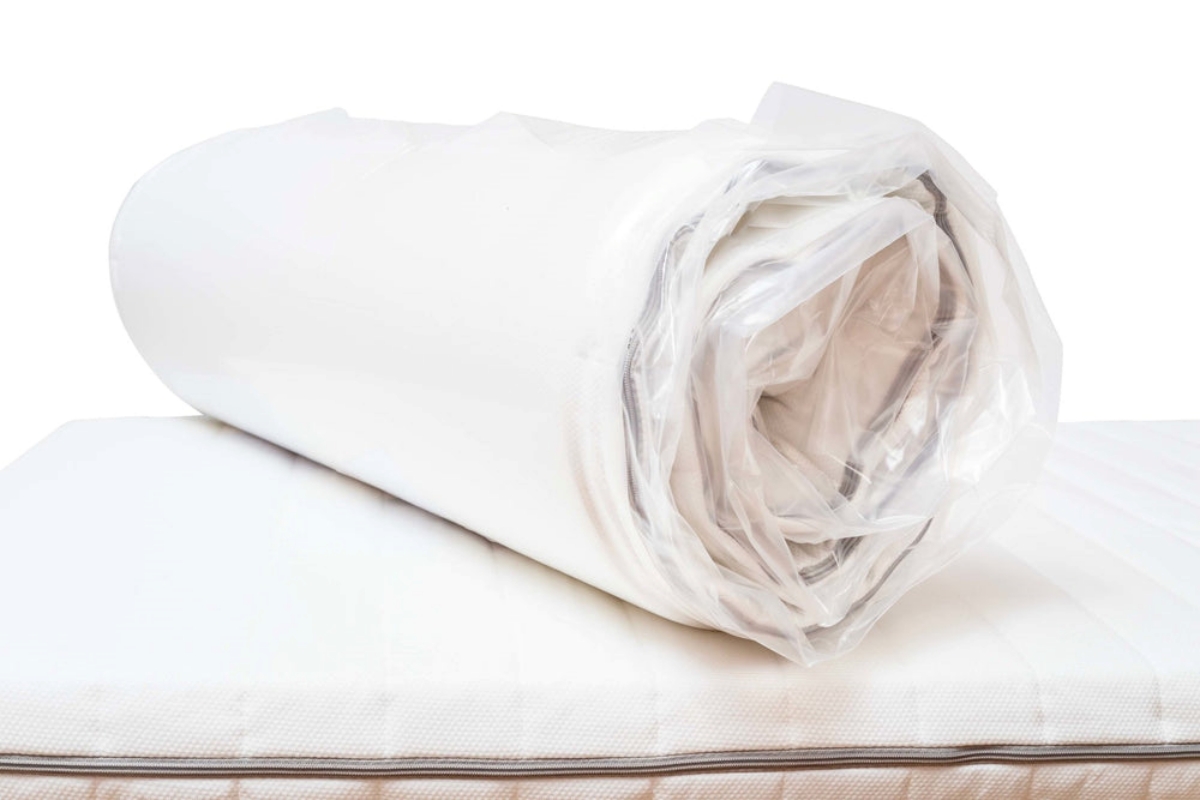
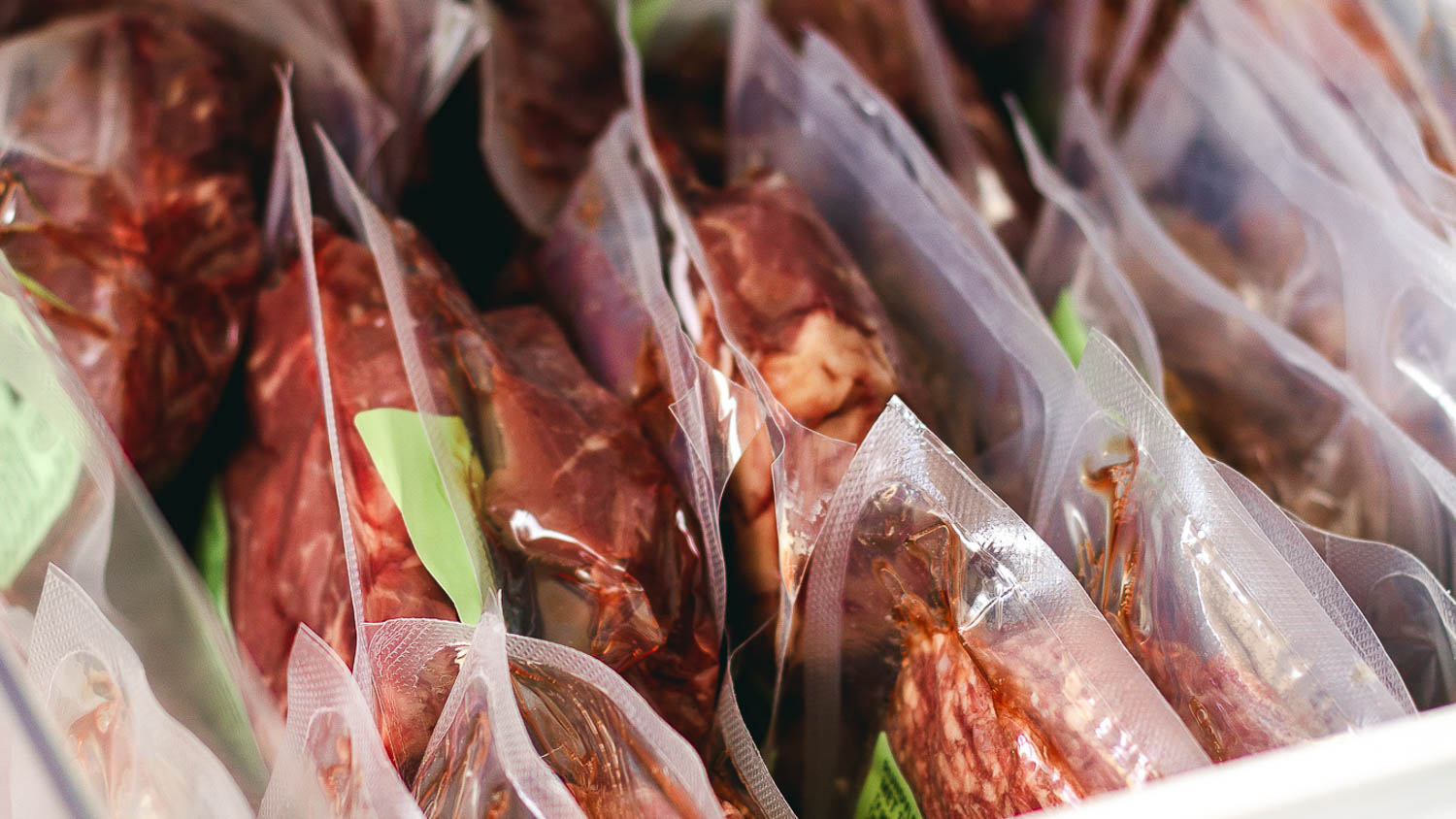
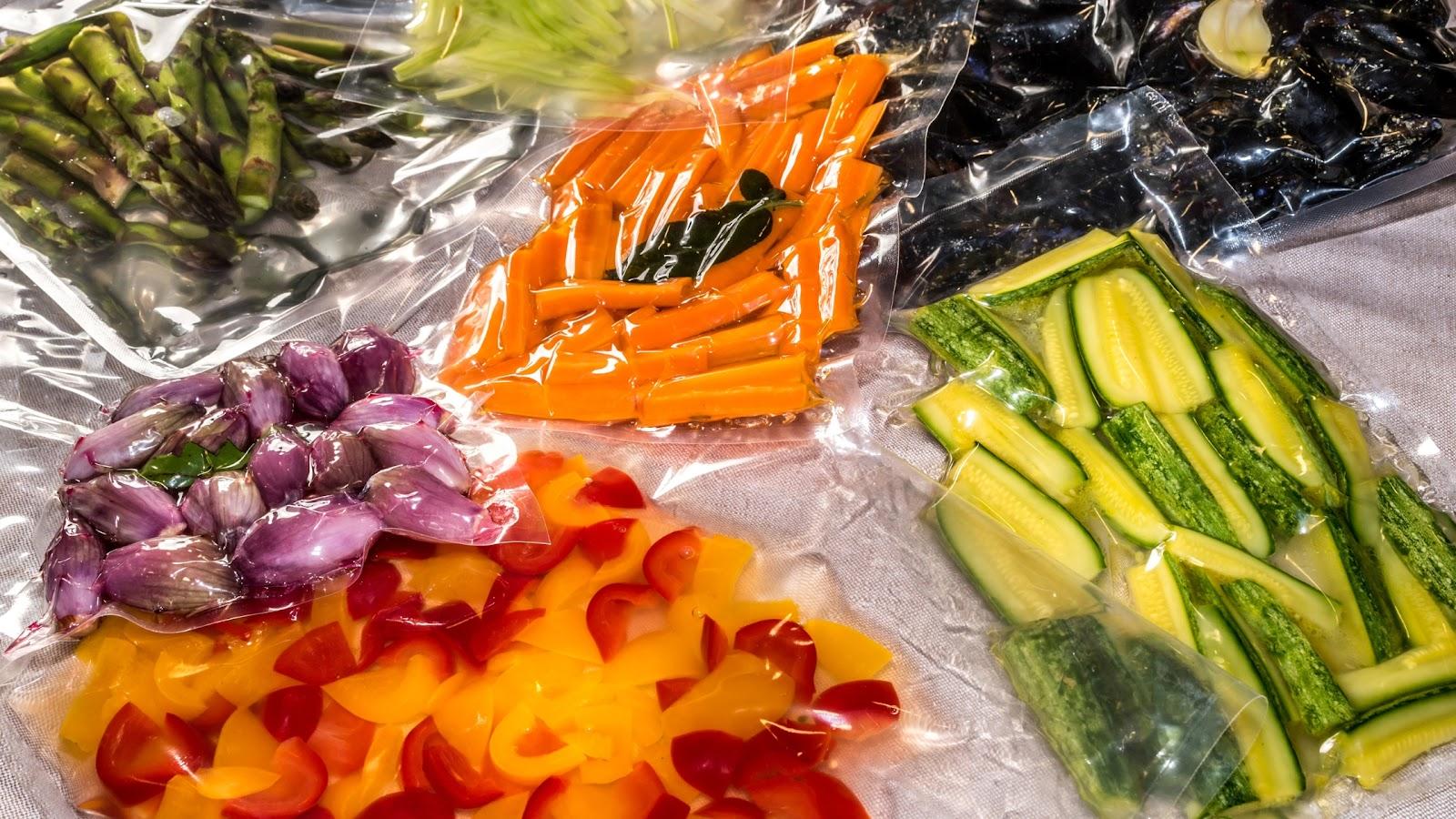
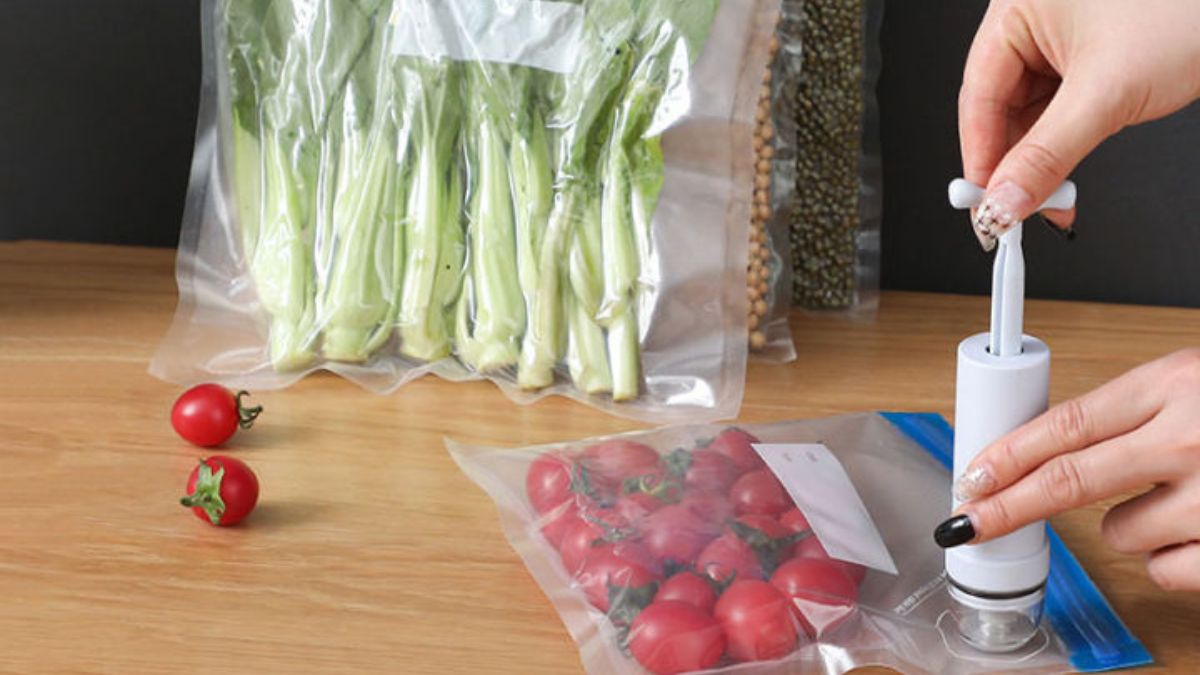
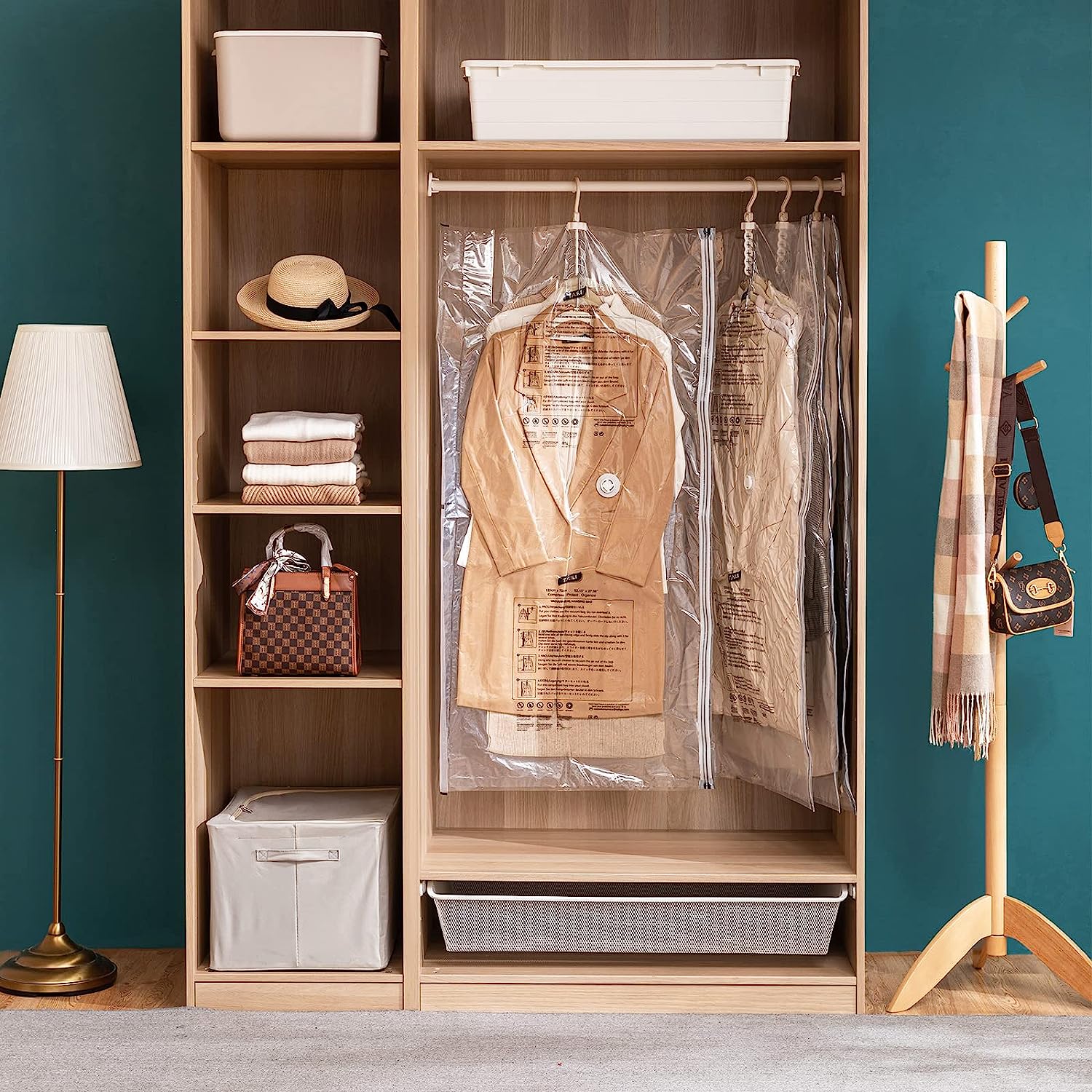
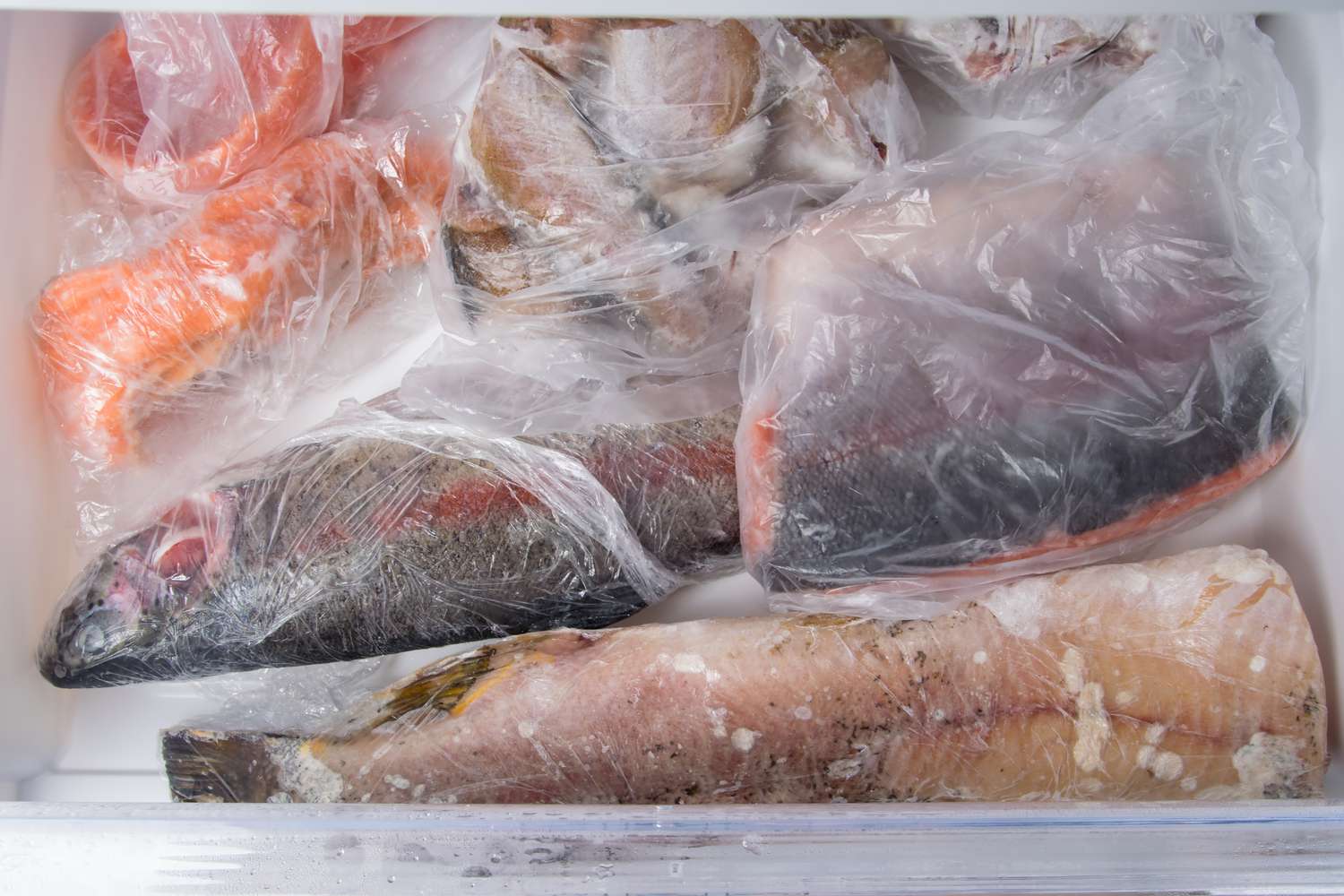
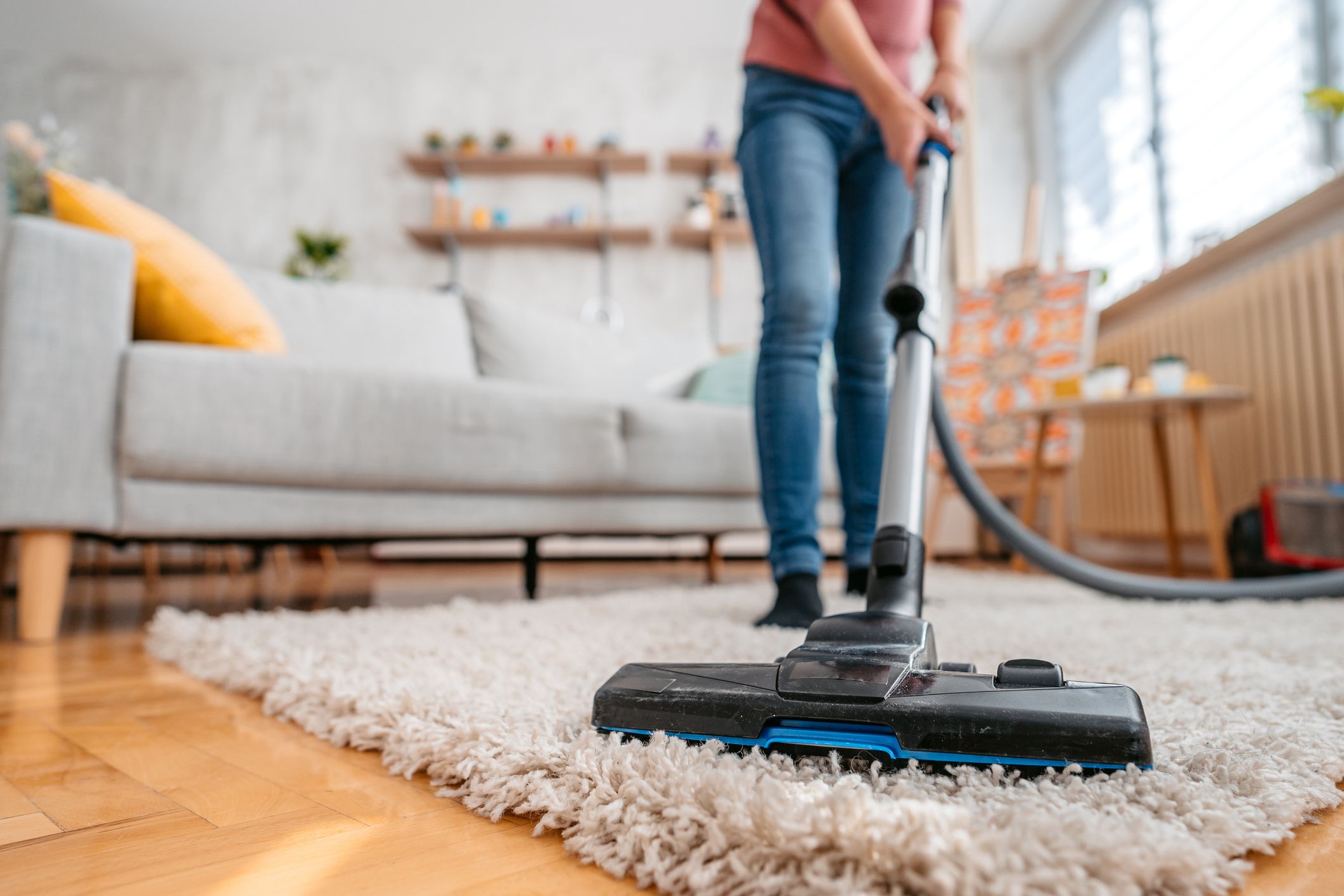
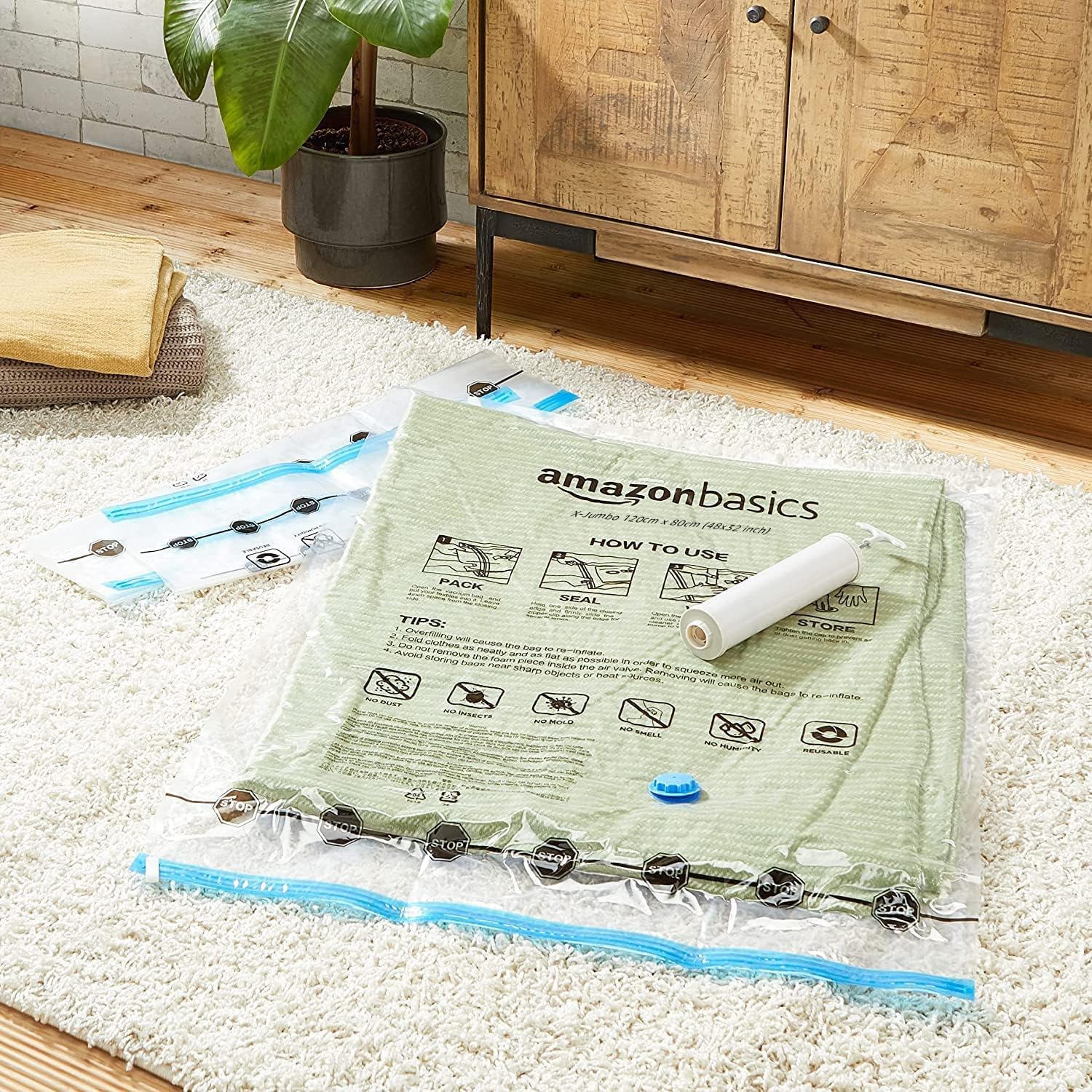
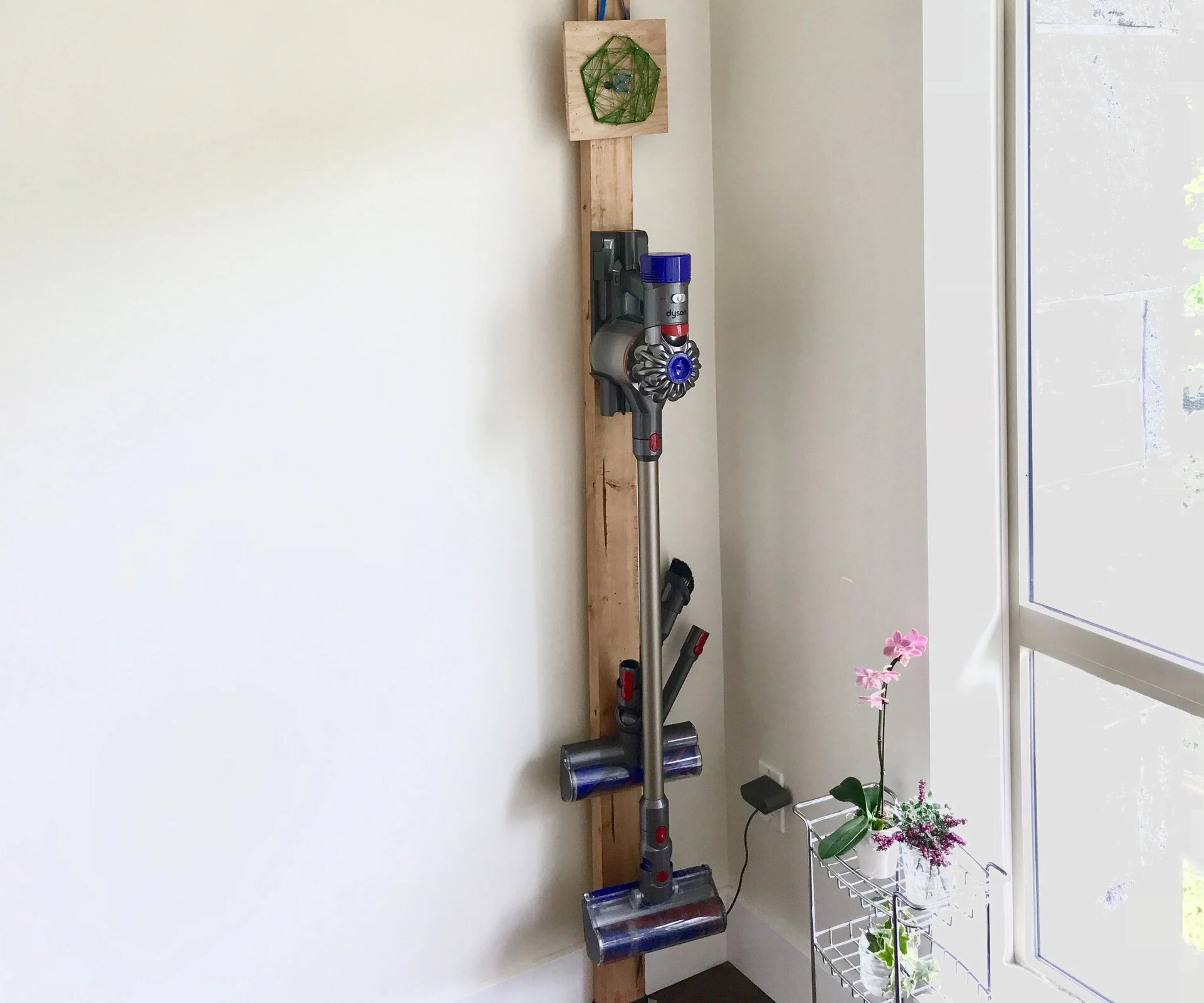
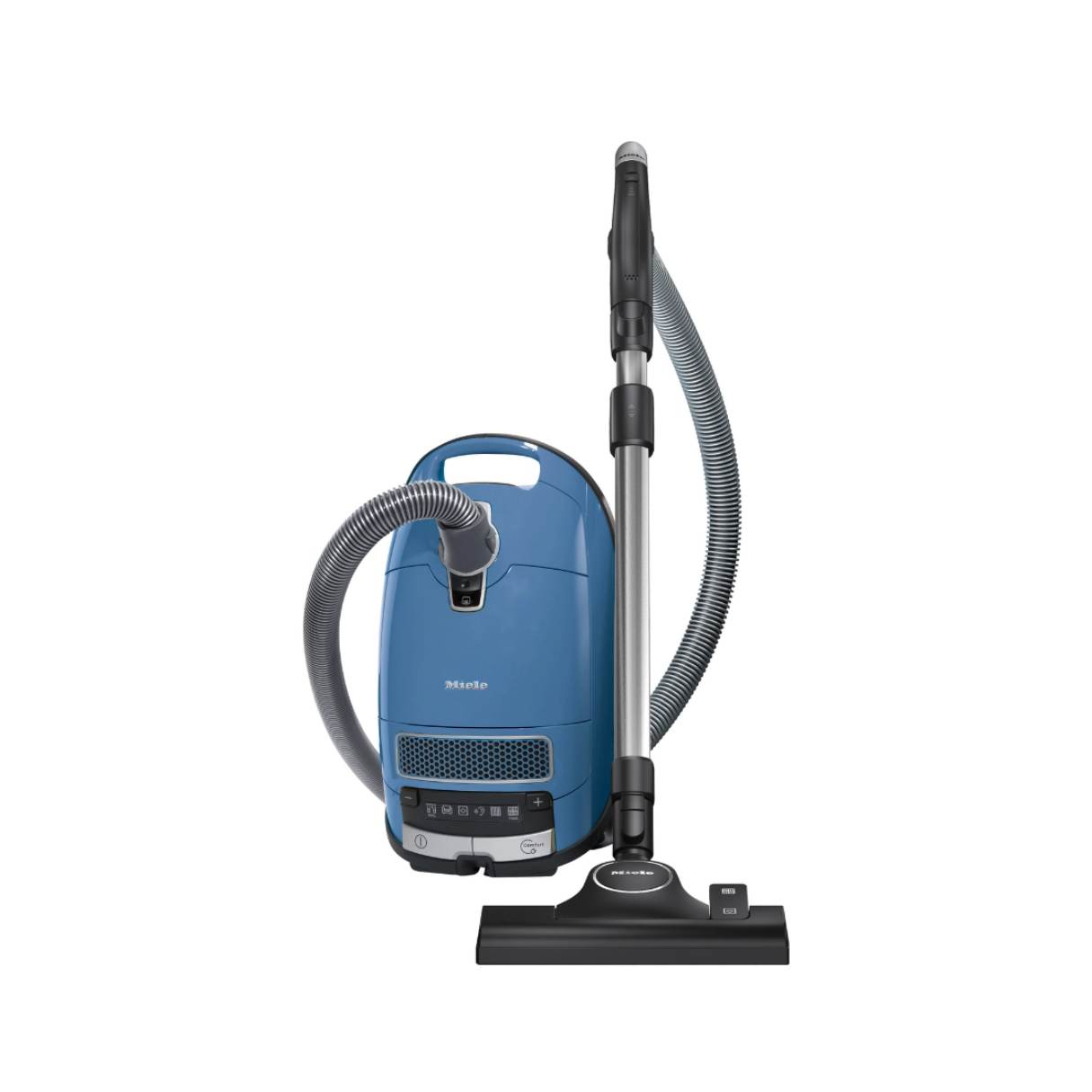

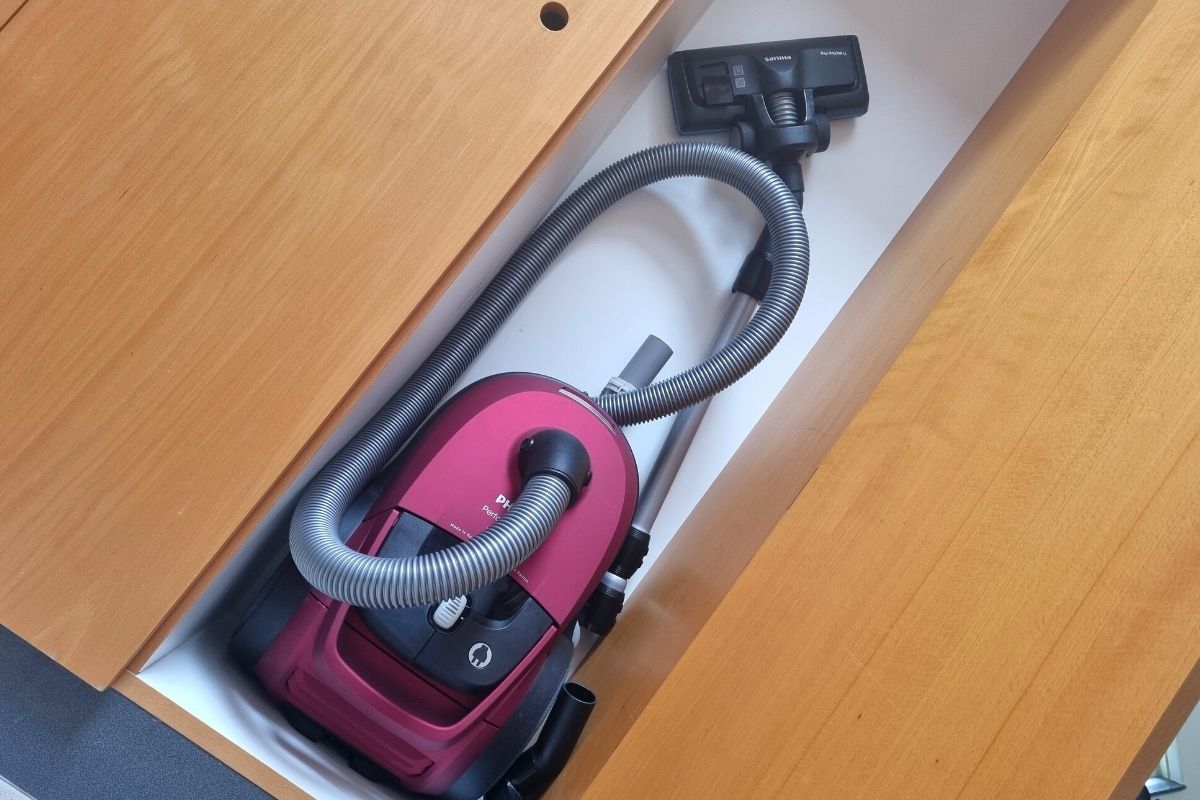
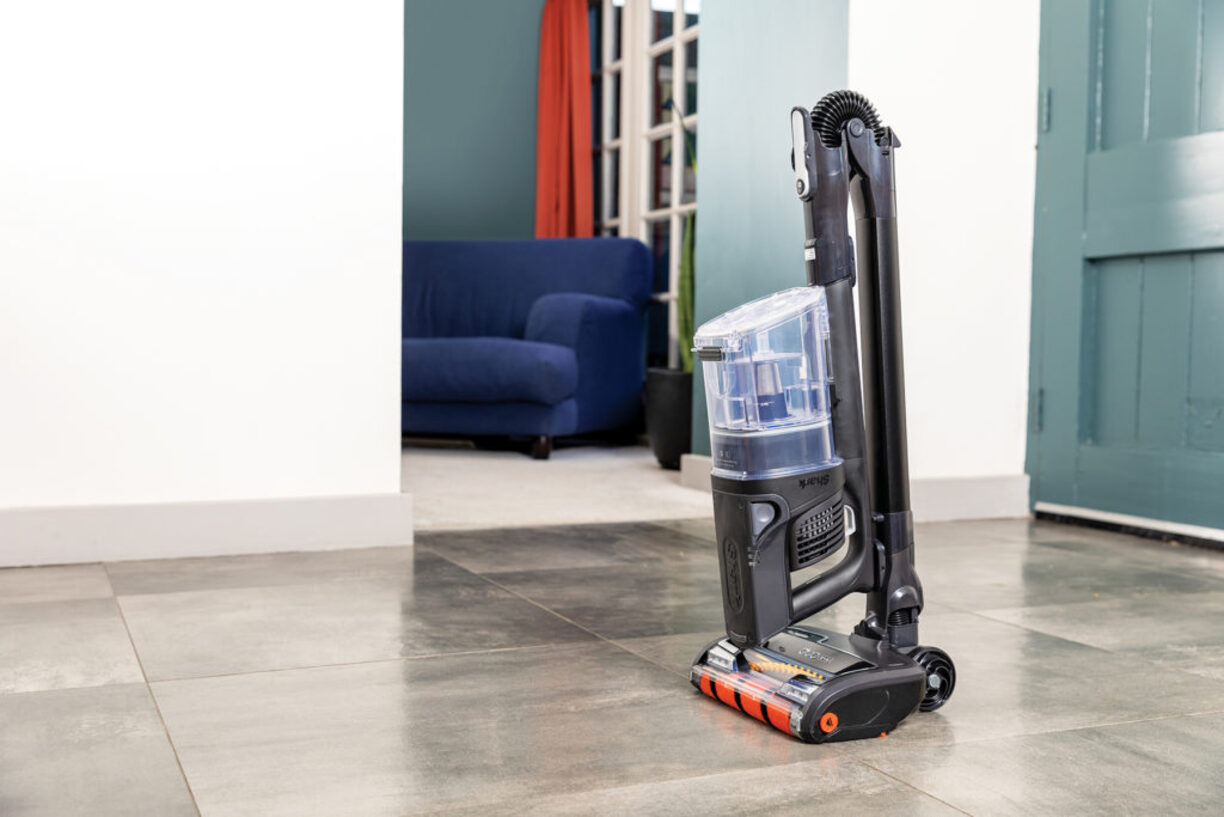
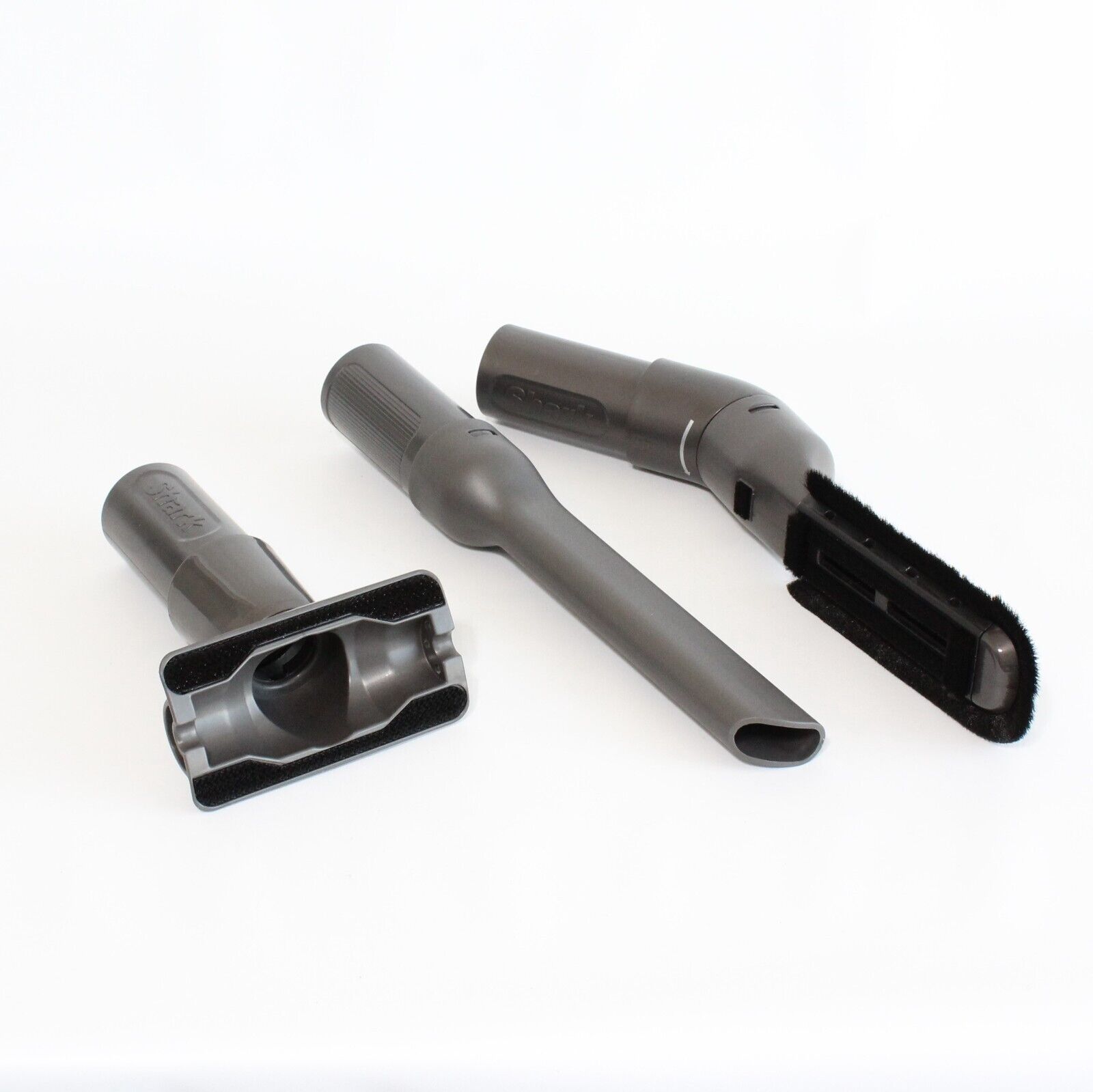

0 thoughts on “How To Store Vacuum Sealed Clothes”